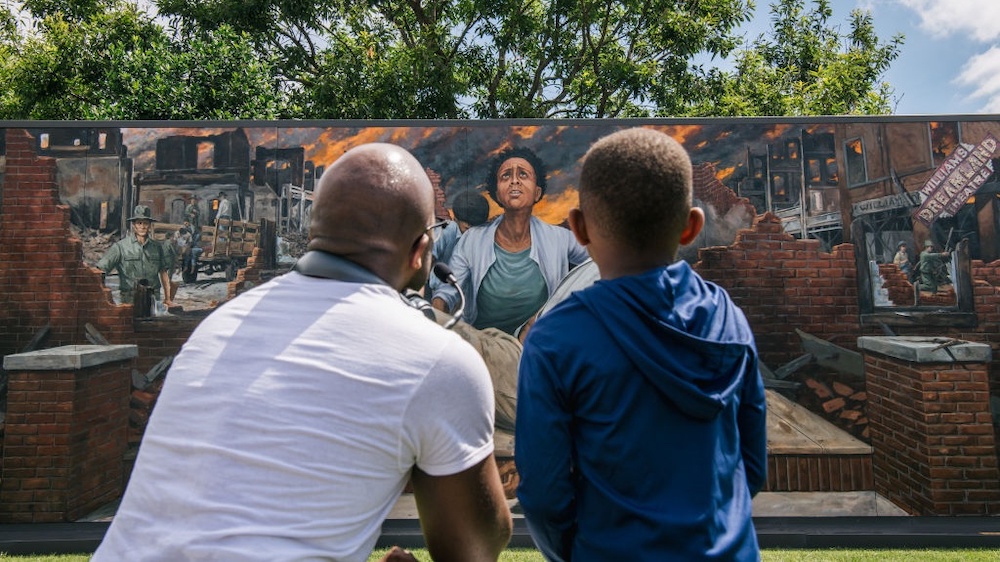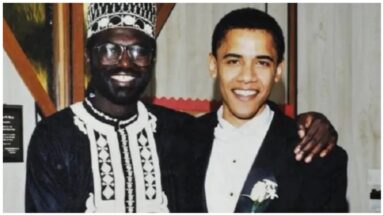
For the 100-year commemoration of the 1921 Tulsa Race Massacre, maestra, a black-female owned creative social impact agency, curated spaces and places to pay homage to the descendants of Black Wall Street, educate storytellers on the history of the Greenwood District, and to create momentum around the future movement and economic growth of the Greenwood District and beyond. After that incredibly formative experience, I was left with this conviction.
James Baldwin said, “To be a Negro in this country and to be relatively conscious is to be in a rage almost all the time.”
One hundred years after the Tulsa Race massacre, I ask myself, how have our emotions evolved from rage, or have they?
I sit in John Hope Reconciliation Park interrogating this question, but I struggle to hear my own thoughts over the noisy muffle and shifty vibration of the freeway almost directly above me. 50 years after the fire, blood and robbery of the massacre, Interstate 244 still managed to force its way through the revitalized and rebuilt Black Wall Street. The presence of this freeway makes me feel uneasy.
Sitting in this discomfort, a familiar sensation comes over me. I begin to reminisce on the pressures my ancestors must have felt when they and scores of African Americans moved from the north to the south during the Great Migration. My great grandmother, Annabelle Rideaux, traveled from Birmingham, Alabama, to St. Paul, Minnesota, in the 1920s to escape Jim Crow racism and seek economic opportunity. The forced movement of our people is a historical trend that isn’t acknowledged enough.



Recent Comments